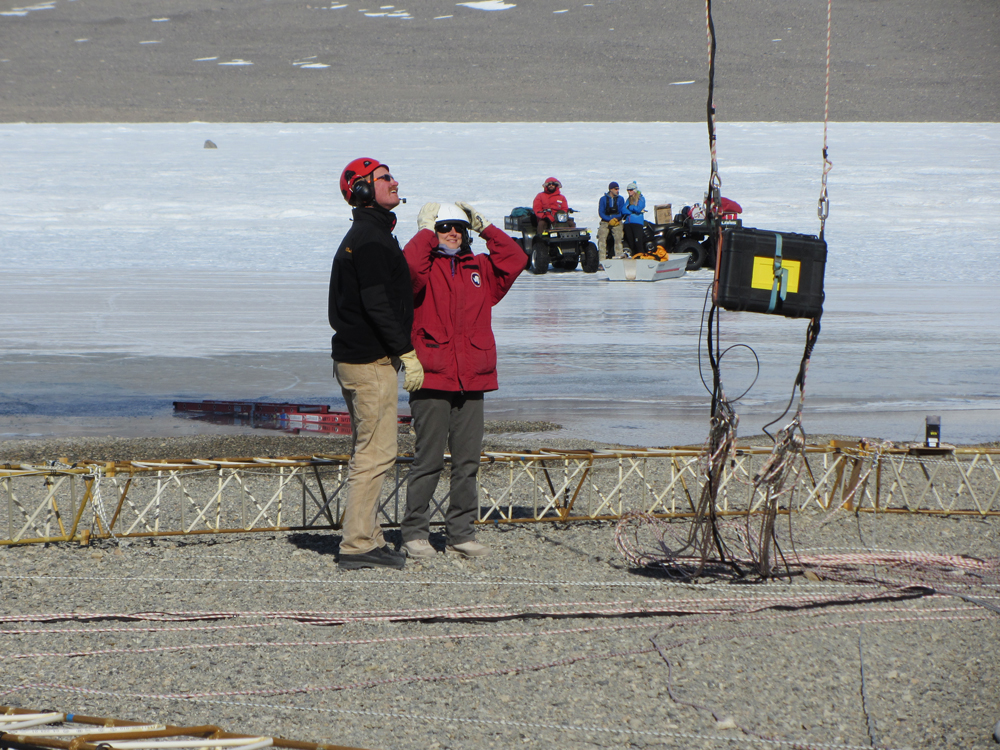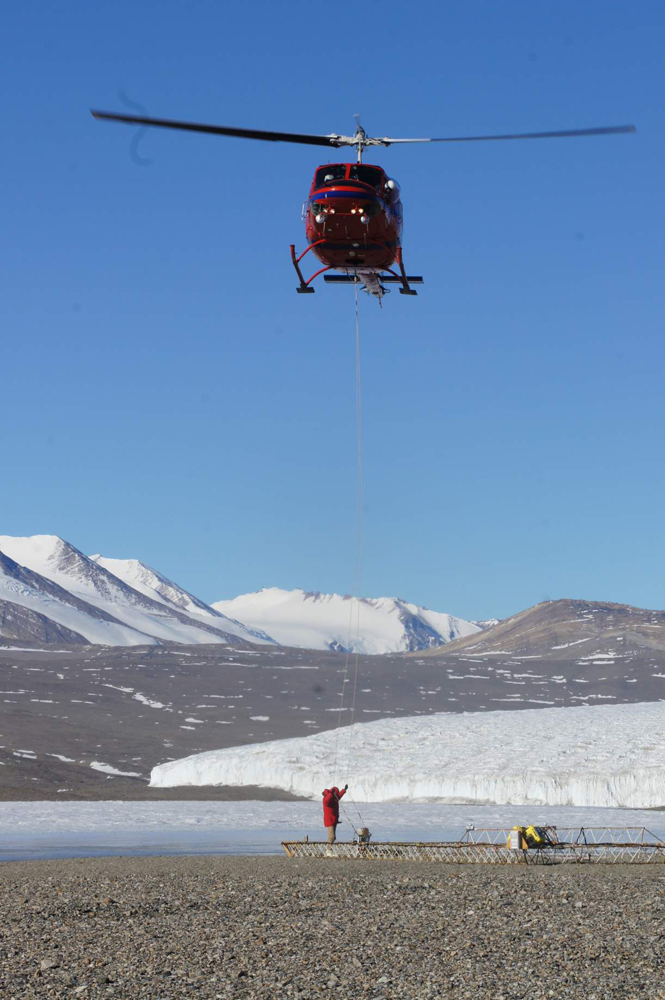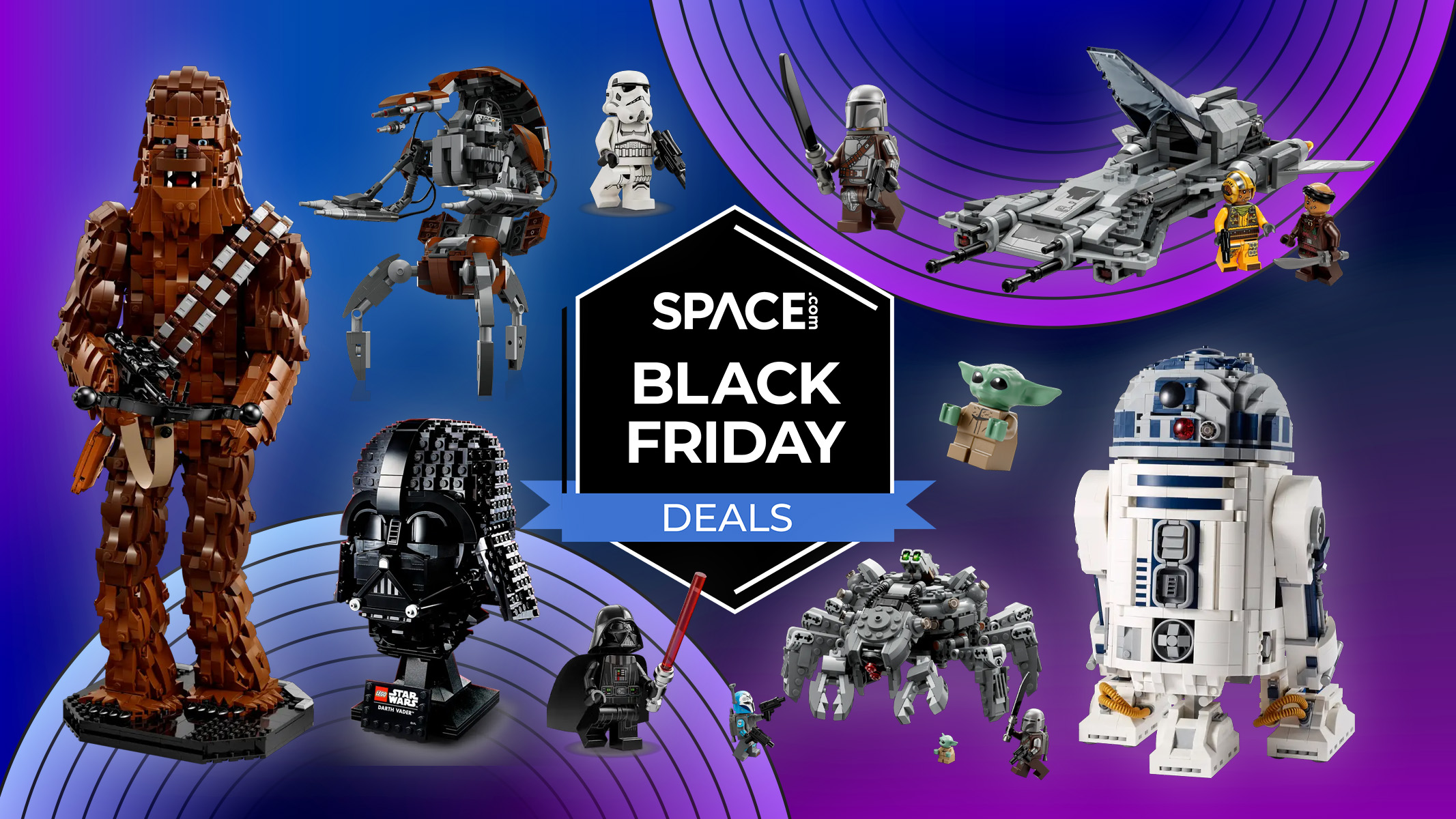
Want to Find Life on Mars? Start in Antarctica (Podcast)

Charlie Heck, multimedia news editor at the U.S. National Science Foundation (NSF), contributed this article to Space.com's Expert Voices: Op-Ed & Insights.
One of the coldest, driest deserts on the planet, Antarctica's McMurdo Dry Valleys may look like a frozen wasteland, but compelling new evidence shows that beneath the surface lies a salty aquifer that may support life. The environment is a possible analog for conditions beneath the surface of Mars, and other desolate locales in the solar system.
With funding from the U.S. National Science Foundation, Jill Mikucki, a microbiology assistant professor at the University of Texas and Slawek Tulaczyk, a professor of Earth science at the University of California, Santa Cruz, were part of a team that detected extensive salty groundwater networks in Antarctica using a novel airborne electromagnetic mapping sensor system called SkyTEM.
In a podcast for NSF's Science360, Jill and Slawek talk about SkyTEM, their research results, and their time on Antarctica's McMurdo Dry Valleys. [How Earth's 'Extremophiles' Could Aid Alien Life Search ]
"The most striking part of being there is the lack of vegetation and the landscape that is made out of sediment rock and ice. It's somewhere between being on a different planet with the benefit of still breathing air, and traveling back in time before Earth had vegetation cover," said Tulaczyk. [Hunting for 'Worms From Hell': One Reporter's Journey ]
To learn more about this new discovery and SkyTem, the paper, "Deep groundwater and potential subsurface habitats beneath an Antarctic dry valley," was published on April 28, 2015, in the open-access journal Nature Communications.
Follow all of the Expert Voices issues and debates — and become part of the discussion — on Facebook, Twitter and Google+. The views expressed are those of the author and do not necessarily reflect the views of the publisher. This version of the article was originally published on Space.com.
Breaking space news, the latest updates on rocket launches, skywatching events and more!





